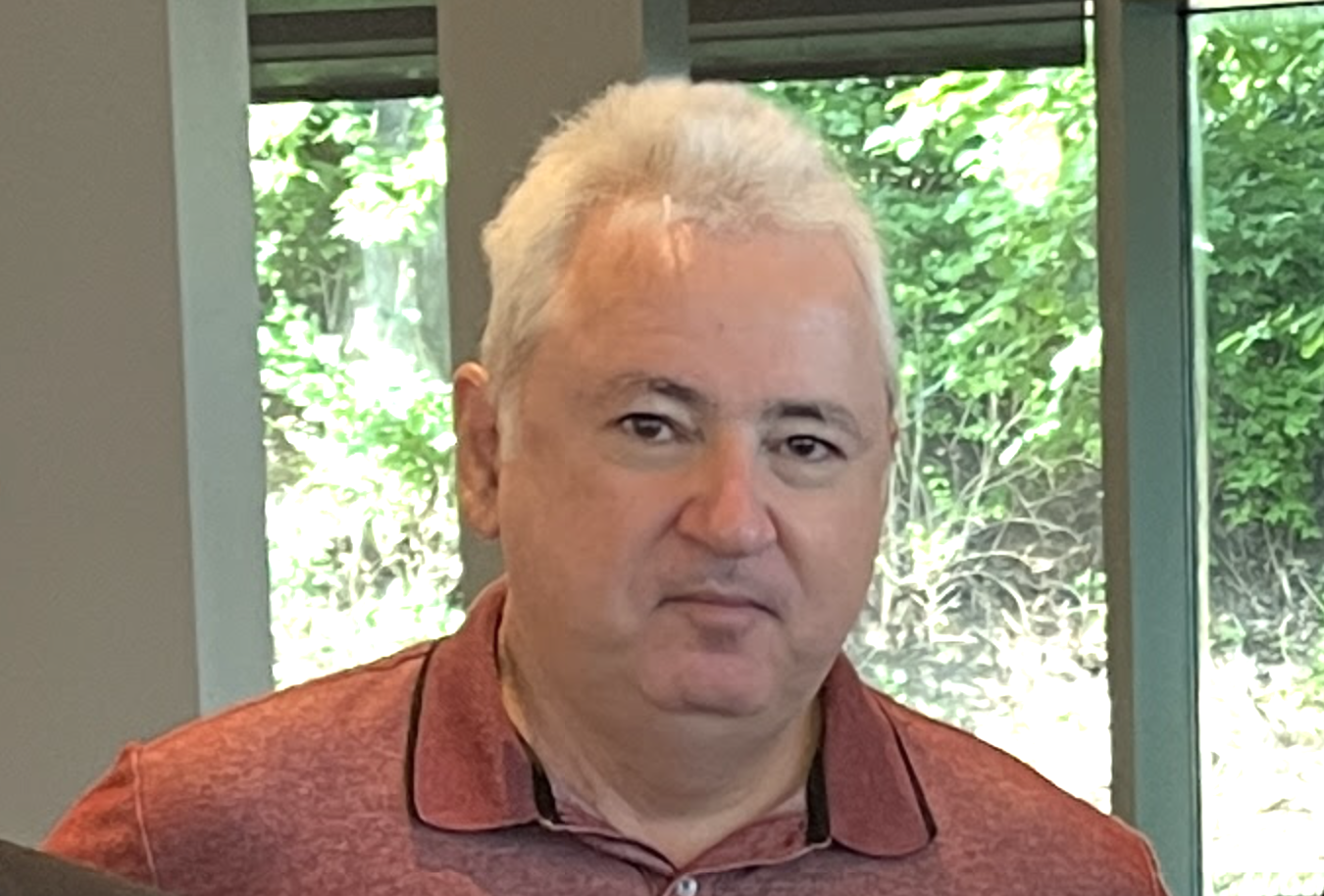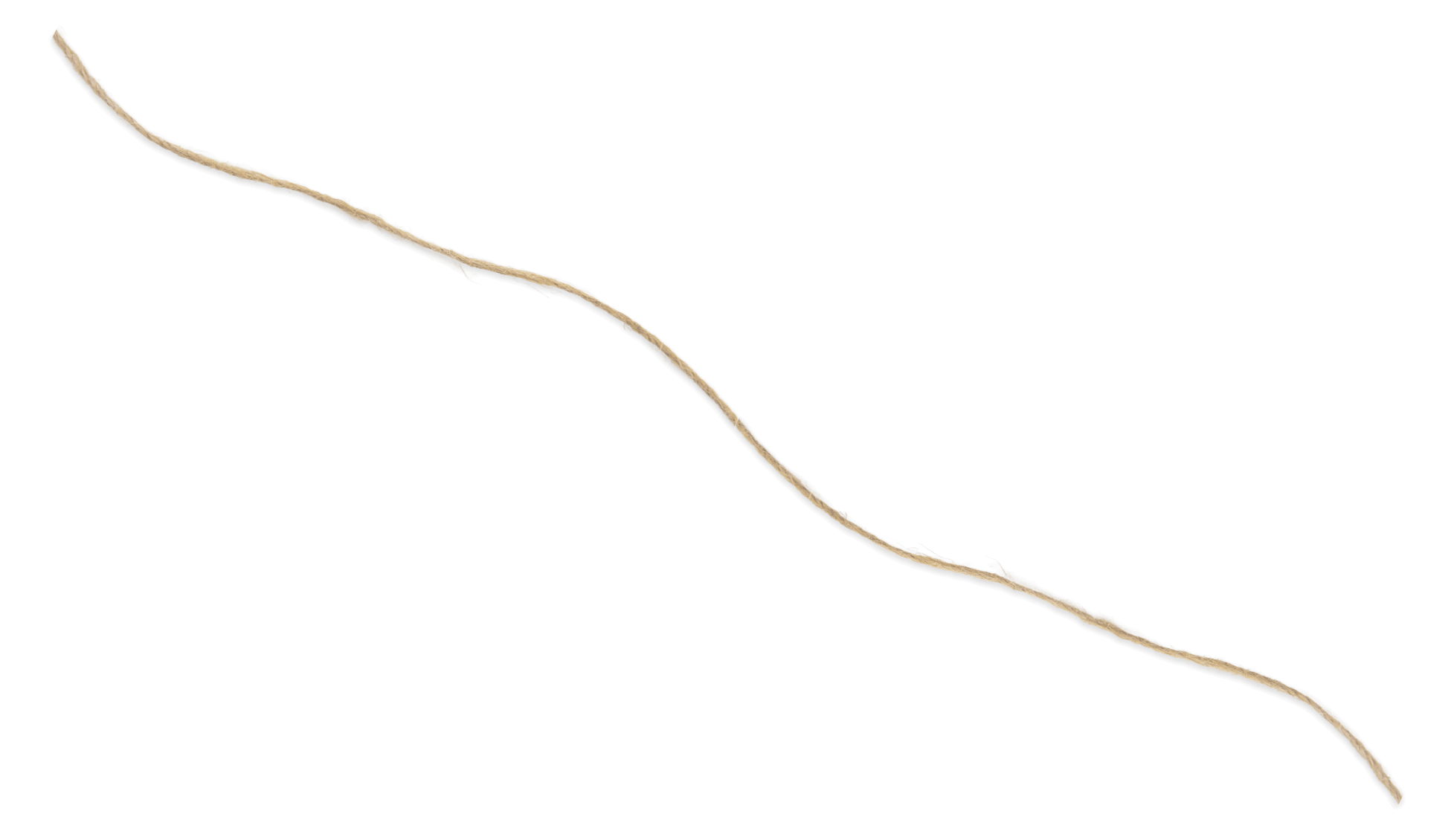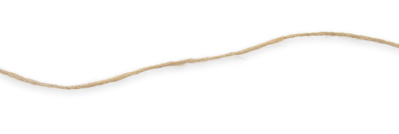The Shroud of Turin is not merely a historical artifact; it is a chemically altered textile whose surface encodes one of the most enigmatic and information-rich images known to science. Unlike paint, pigment, or dye, the image is formed by a superficial oxidation-dehydration process that affects only the outermost fibrils of the linen threads—no deeper than a few microns. This transformation is not uniform, nor randomly degraded over time; instead, it yields a highly detailed, anatomically accurate image of a man who exhibits the wounds consistent with Roman crucifixion as described in the Gospels. Such specificity in both detail and chemical alteration presents us with an extraordinary question: how did this image come to be?
If one approaches the Shroud not with presuppositions but with the willingness to follow evidence, the implications are staggering. Scientific analysis—from spectral imaging to chemical and physical evaluations—has failed to provide a conclusive natural mechanism capable of reproducing the image with all its observed characteristics: its three-dimensional spatial encoding, its photographic negative quality, its superficiality, and its lack of directionality in image application. Every attempt at replication using heat, radiation, chemical agents, or artistic techniques has fallen short. These features collectively point toward an image formation mechanism that transcends known technological or biological processes.
This points toward the possibility that the image was not applied, but emerged as a consequence of an event—an event of such coherence and precision that it altered the fabric itself without destroying it. What natural process could encode an entire body image in light-to-dark intensity based on distance from a cloth surface? None that we know. The best description, ironically, comes from the scientific community itself when it is forced to describe the image formation as “unknown” or “unexplained.” And yet, it is there—testable, analyzable, and visually unmistakable.
Here lies the force of this phenomenon: not in its incomprehensibility, but in its coherence with the Gospel narratives, where a crucified man—Jesus of Nazareth—is buried hastily, wrapped in linen, and three days later, the tomb is found empty. The Shroud does not prove the resurrection in a laboratory sense, but it certainly coalesces with the claim that something unparalleled occurred at that burial site. The Shroud provides confirmatory evidence—not only of the physical brutality of crucifixion but of a post-mortem event of immense energy and specificity, something that rearranged molecular bonds without burning, without smearing, without diffusion.
To the person willing to engage the data, the Shroud represents the closest we may come to empirical evidence of an event that transcends natural explanation. It doesn’t force belief; it leaves room for denial, but not without cost. The denial must ignore the integrated complexity of the image, the tiny, intricately constructed molecular alterations that cannot be reduced to accident or artistry. For those who seek to follow the trail of evidence to wherever it leads, the Shroud stands as a kind of forensic echo of the Resurrection.
The implications are not abstract. If the Shroud encodes the death and a possible after-death event of Christ, then it is not merely a scientific puzzle—it is a call to consider the reality of personhood that it portrays. This is not a mythic figure or a theological construct. This is a real man, scourged, crucified, pierced, buried—and possibly risen. The question shifts from what happened to what now?
If Christ is who the Gospels claim he is, and if this image carries the mark of that person and that event, then it is not only a scientific anomaly. It is a challenge. It compels a response—not just intellectual curiosity or aesthetic admiration, but existential reckoning. The image on the Shroud is not just a relic; it is a mirror. It reflects back to each of us a question: what will we do with this?
To encounter the Shroud is to confront the intersection of history, science, and ultimate meaning. It is an engineering marvel in linen, but also a spiritual alarm bell that rings through centuries, whispering not just of suffering, but of something dauntingly improbable—a death that did not end in decomposition, but transformation. And so, the Shroud of Turin does not merely suggest the truthfulness of Christ—it makes belief a responsibility and unbelief a choice weighted with consequence.




